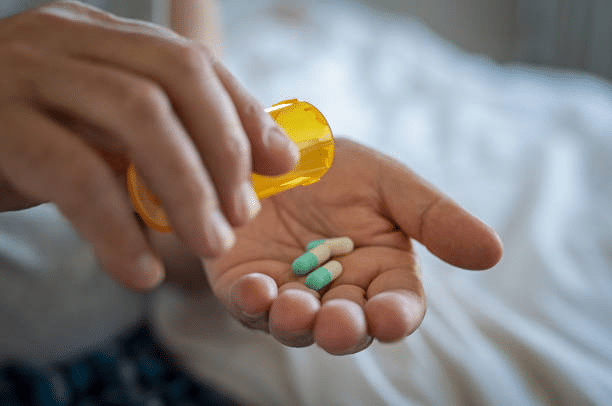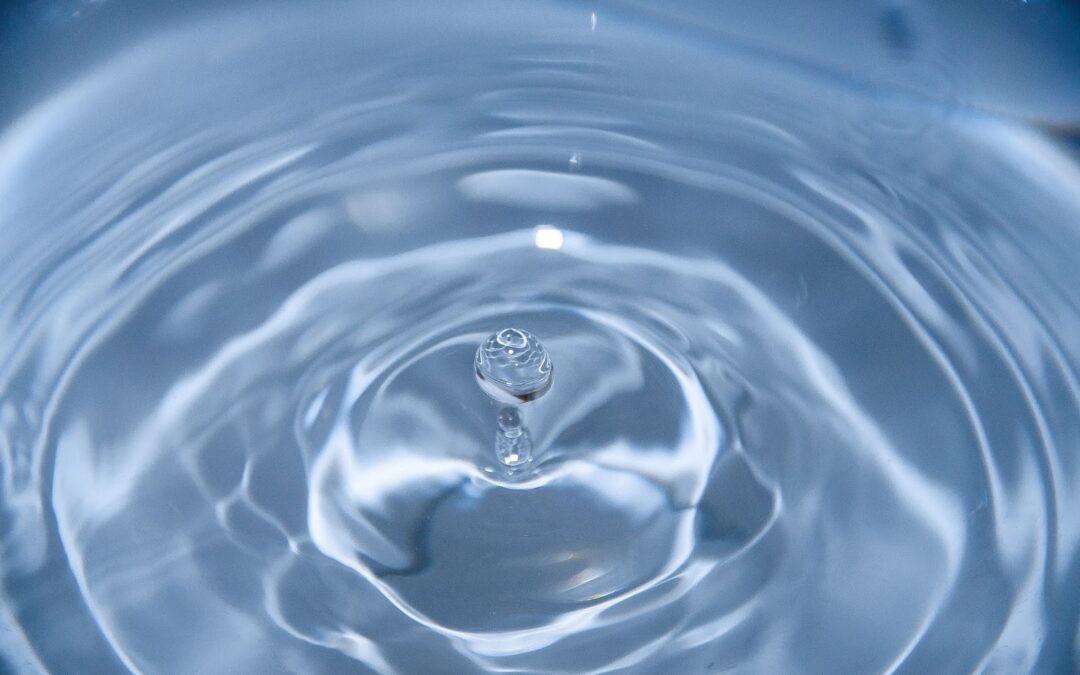Water, the elixir of life, sustains every form of existence on our planet. However, its purity is paramount, especially when it concerns human health. Clean drinking water is not just a mere luxury; it’s an absolute necessity.
The World Health Organization (WHO) continuously stresses the gravity of the issue. Their data paints a grim picture: millions are affected by diseases originating from contaminated water annually.
Understanding Waterborne Diseases
Waterborne diseases, as the name suggests, primarily arise from the consumption of contaminated water. A waterborne disease is specifically caused by pathogenic microorganisms which are directly transmitted when an individual drinks tainted water.
On the other hand, a waterborne illness might not only result from drinking but also from using infected water in food preparation or even for recreational purposes.

This categorization distinguishes waterborne diseases from other ailments that may stem from different sources. While respiratory diseases, for instance, come from airborne pathogens, and vector-borne diseases are spread by pests like mosquitoes, waterborne diseases are uniquely linked to compromised water sources.
The distinction is crucial because the preventive measures differ based on the mode of transmission.
Common Sources Of Waterborne Diseases
Contaminated drinking water serves as a direct gateway for harmful pathogens into our bodies. Polluted sources can house bacteria, viruses, and parasites which, when ingested, lead to various waterborne diseases.
Recreational waters aren’t always as safe as they seem. Swimming pools, though often chemically treated, can still harbor microorganisms if not maintained correctly. An unsuspecting dip might expose swimmers to a variety of germs.
Natural water bodies like lakes, rivers, and ponds amplify this risk, especially if they are located near populated areas or industrial sites, becoming potential carriers of contaminants.
Surface water, especially in regions with heavy human activity, is susceptible to contamination. Runoffs from agricultural sites can introduce pesticides and herbicides.
Meanwhile, untreated industrial waste might introduce hazardous chemicals into these waters. Furthermore, natural events like floods can easily taint surface waters with sewage and other pollutants.
Lastly, one cannot stress enough the challenges faced by developing countries in the battle against waterborne diseases. Largely stemming from poor sanitation, these nations often grapple with inadequate sewage systems, leading to the contamination of drinking sources.
With limited resources, the ripple effects of such contamination wreak havoc on community health, underscoring the urgent need for improvements in sanitation infrastructure.
Most Common Waterborne Diseases And Their Symptoms
A significant fraction of illnesses globally can be attributed to diseases contracted through contaminated water.
Let’s delve into some of the most prevalent waterborne diseases, accompanied by their notable symptoms.
- Typhoid Fever: Caused by the bacterium Salmonella Typhi, this disease is often associated with contaminated food and water. The most commonly reported symptoms include high fever, stomach pains, weakness, and in some cases, a rash. If untreated, typhoid fever can be fatal.
- Cholera: This is an acute diarrheal disease caused by the Vibrio cholerae bacterium. Its onset is rapid, and its primary symptoms are watery diarrhea and vomiting. Severe dehydration can result if prompt treatment isn’t received.
- Giardiasis: Caused by the Giardia lamblia parasite, this disease primarily affects the intestines. Symptoms often include diarrhea, gas, stomach cramps, and nausea.
- Dysentery: Often resulting from Shigella bacteria or Entamoeba histolytica parasite, dysentery is characterized by bloody diarrhea accompanied by pain, fever, and nausea.
- Hepatitis A: A viral liver disease, its transmission is often linked to ingestion of contaminated food or water. Symptoms encompass fatigue, sudden nausea and vomiting, abdominal pain, and jaundice (a yellowing of the skin and eyes).
- Cryptosporidiosis: This is a diarrheal disease caused by the Cryptosporidium parasite. While it affects individuals globally, immunocompromised patients face more severe symptoms. These might range from stomach cramps and dehydration to diarrhea.
These are just a few examples among a myriad of waterborne ailments. While the most commonly reported symptoms frequently revolve around gastrointestinal problems, it’s crucial to be aware of other symptoms as well, as timely diagnosis and treatment can be life-saving.
Vulnerable Populations: Children And The Elderly At Greater Risk

Every demographic feels the blow of waterborne diseases, yet some bear the brunt more than others. Children and the elderly, in particular, remain more susceptible, and the reasons are multifaceted.
Physiological Vulnerability
Both children and the elderly inherently possess weaker immune systems compared to healthy adults. While a child’s immunity is still developing, an elderly individual’s might be waning due to age. This makes them prime targets for infections transmitted through contaminated water.
Limited Access to Healthcare
Often, especially in developing countries, vulnerable groups have restricted access to essential healthcare services. A child in a remote village or an elderly individual in an underserved urban area might not have the means or the resources to seek timely medical attention.
Nutritional Deficiencies
Malnutrition is common among these age groups, further weakening their defenses against diseases. Children especially need a balanced diet for growth and immunity. However, in several regions, consistent nutrition remains elusive, making them more prone to waterborne ailments.
Hygiene Practices
Young children, out of innocence or lack of knowledge, might engage in unhygienic practices, like drinking from uncertain sources. The elderly, on the other hand, might have physical limitations preventing them from ensuring personal hygiene.
Effective Measures To Prevent Waterborne Diseases
The adage, “prevention is better than cure,” rings especially true when addressing waterborne diseases. The far-reaching impacts of these diseases, both on individual health and societal structures, necessitate proactive steps.
Here are some pivotal measures that can effectively prevent waterborne diseases:
- Prioritize Drinking Water Quality: One cannot overemphasize the importance of ensuring the purity of water consumed. Monitoring and improving drinking water quality should be paramount.
- Boil or Purify Drinking Water: Especially in regions where water quality is questionable, boiling remains a tried-and-tested method to kill pathogens.
- Strengthen Sanitation Infrastructure: Adequate sanitation plays an indispensable role in thwarting waterborne diseases.
- Safe Food Preparation: Using clean water for washing and cooking food is just as vital. Remember, contaminated food can be as dangerous as tainted water.
- Public Awareness Campaigns: Educating the public about the risks associated with impure water and the benefits of good hygiene can go a long way.
- Investment in Research: Understanding the evolving nature of pathogens and their resistance patterns can help in devising better preventive strategies.
Treatment Options For Waterborne Illnesses

Tackling waterborne illnesses effectively involves a two-pronged approach: early detection followed by appropriate treatment. Understanding this dynamic can drastically reduce the severity of the disease and prevent potential complications.
1. Early Detection is Paramount: Recognizing a waterborne illness at its onset can be lifesaving. This is where understanding the commonly reported symptoms becomes crucial. Diarrhea, nausea, vomiting, and abdominal cramps often flag the beginning of an infection.
2. Rehydration: One of the immediate concerns with many waterborne diseases, like cholera or dysentery, is dehydration due to excessive fluid loss. Oral Rehydration Salts (ORS) are widely recommended.
3. Antibiotics: For bacterial infections such as typhoid fever or certain forms of dysentery, antibiotics are the primary treatment.
4. Antiparasitic Medication: Diseases caused by parasites, like giardiasis or cryptosporidiosis, require specific antiparasitic drugs.
5. Vaccination: Some waterborne diseases, like typhoid and hepatitis A, have vaccines available. While this falls under prevention, it’s worth noting that getting vaccinated can eliminate the need for treatment altogether by building immunity against certain pathogens.
6. Supportive Care: In some cases, especially where the infection is viral, like hepatitis A, treatment is supportive. This means aiding the body’s natural healing process through rest, hydration, and a balanced diet.
Conclusion
Clean water is the backbone of good health, impacting both individual wellness and the broader community. The hazards of contaminated water can lead to various illnesses, with certain groups, like children and the elderly, being more vulnerable.
As individuals, we have a role in ensuring our water’s purity, from simple actions like boiling water to opting for distilled water, which provides a higher level of purity. For those looking for a reliable source, premium distilled water is available here. Joining forces with organizations and governments can also amplify our efforts, leading to healthier lives for all.
The fight against waterborne diseases is vital, and by working together, we can create a world where everyone has access to clean and safe water.
What are your key takeaways from this article?



